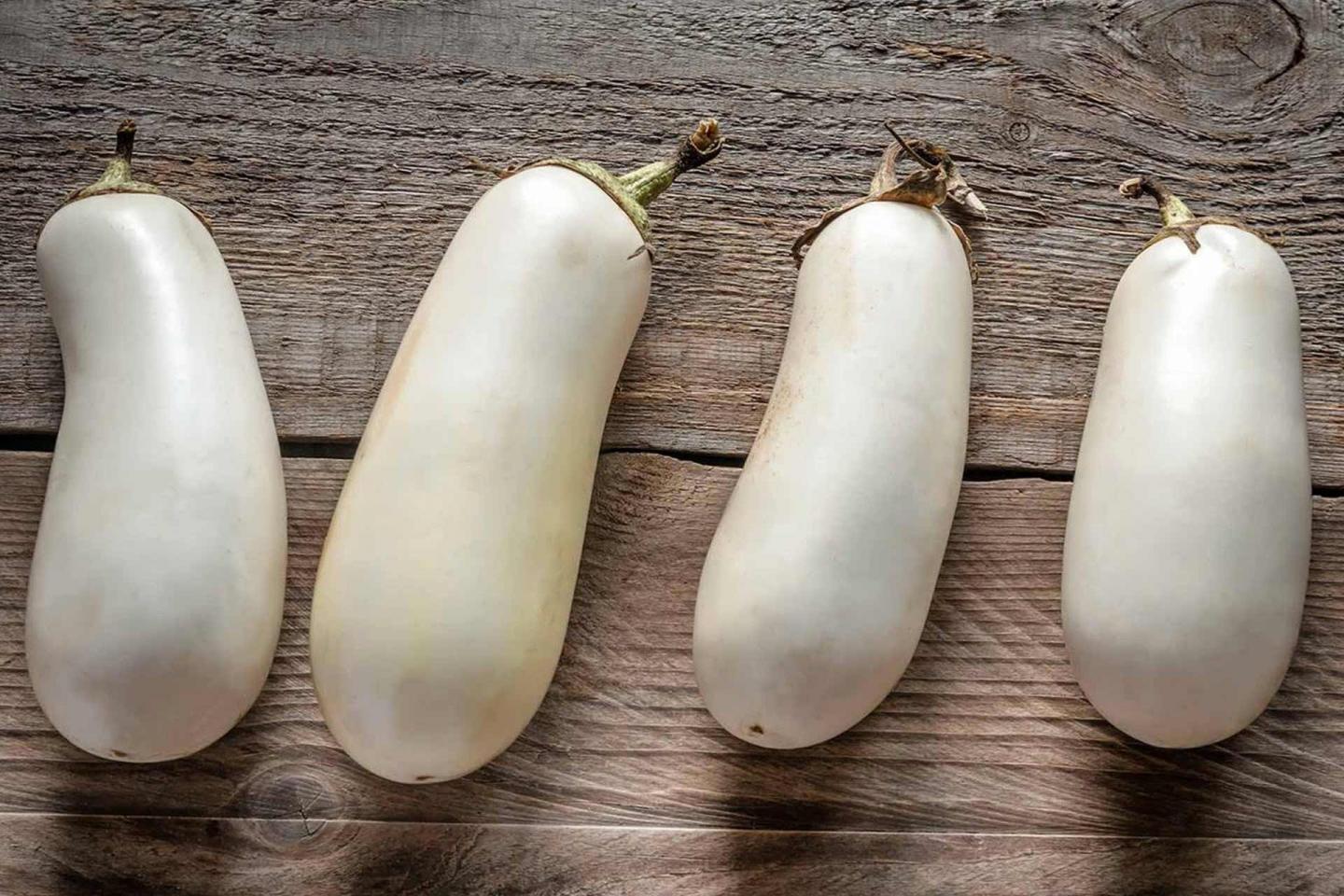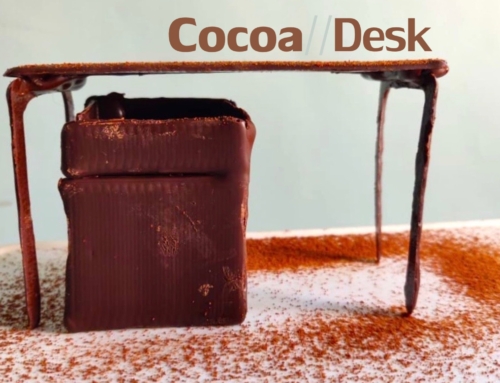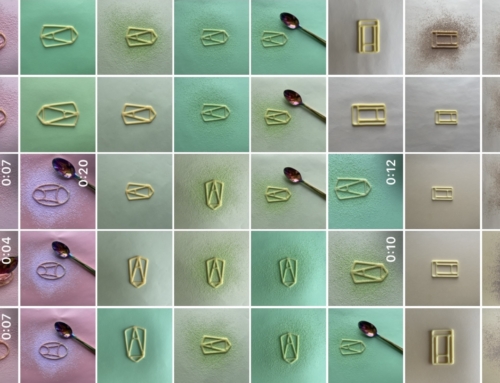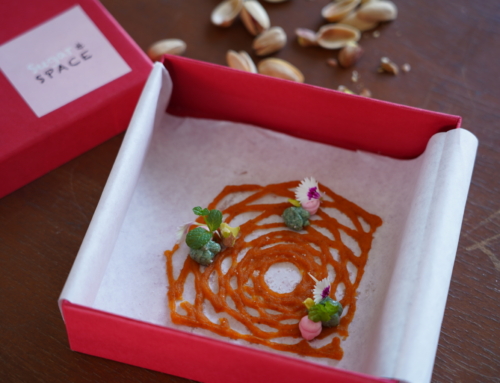As Sugar & SPACE turns two, we’re celebrating our first ever eating experience – EAT Mondrian as we prepare to launch #EATMondrianAtHome – The Complete Host-It-Yourself Experience Guide. Our first post in the limited series covers the serene world of white food.
“The more basic the color, the more inward, the more pure.”
— Piet Mondrian
Is white a colour to you? Or do you consider it as a shade? There are many discussions on this topic, but luckily we can all agree on what is white and what’s not. In Western cultures the colour is often associated with purity, cleanliness or peace. Doesn’t being in a white room give you a sense of calm and serenity? When it comes to food, white has a rather poor name and there are even diets that encourage you to avoid white foods. Today, we are leaving aside whether white food is good or bad for you. We will introduce you into the world of edible whites and let you judge for yourself.
The white angels of our foods
A lot of people associate white food with refined carbohydrates. There are indeed some refined whites: sugar, flour, rice, pasta, salt and anything you make out of those whites, such as bread, pizza, cookies or pastries. There are also a lot of natural, unprocessed white foods. We’ll start off with some vegetables: cauliflower, mushrooms, onions, garlic, turnips and parsnips. Then we have white beans and chickpeas. Some people categorise potatoes as white too, but we marked them yellow previously.
As you can tell by now, whites can be found in a broad range of products. There are white nuts and seeds like cashew nuts, sesame seeds or pine nuts. Anything coconut is white too. To end with, there are some white animal products, such as some fish and poultry. Highly consumed white products that are derived from animals as well are milk, yoghurt and white cheese.

Why is white food white
We perceive an object as white when all the particles of the object reflect the light that falls onto them. Milk, for example, is white because it consists of water, fat, protein and other components. Those elements together form particles that reflect light and make us perceive milk as white.
The refined foods that we discussed earlier, are actually white because of the refining process that precedes the packaging and selling of those products. Sugar has a golden colour when it is extracted from the plants, but it is then processed and the non-sugar materials (plant fibers and molasses) are taken off, whereafter the white sugar crystals remain. Flour is made of wheat kernels. The white variant of flour is made from grounding only the inside of the kernel, the endosperm, instead of the whole grain. White salt is white because it underwent a refining process too. What’s your verdict on the edible white?
Written by Elise Coudré and edited by Jashan Sippy.
Experience WHITE at EAT Mondrian near you or host-it-yourself with our signature Experience Guides.








Leave A Comment